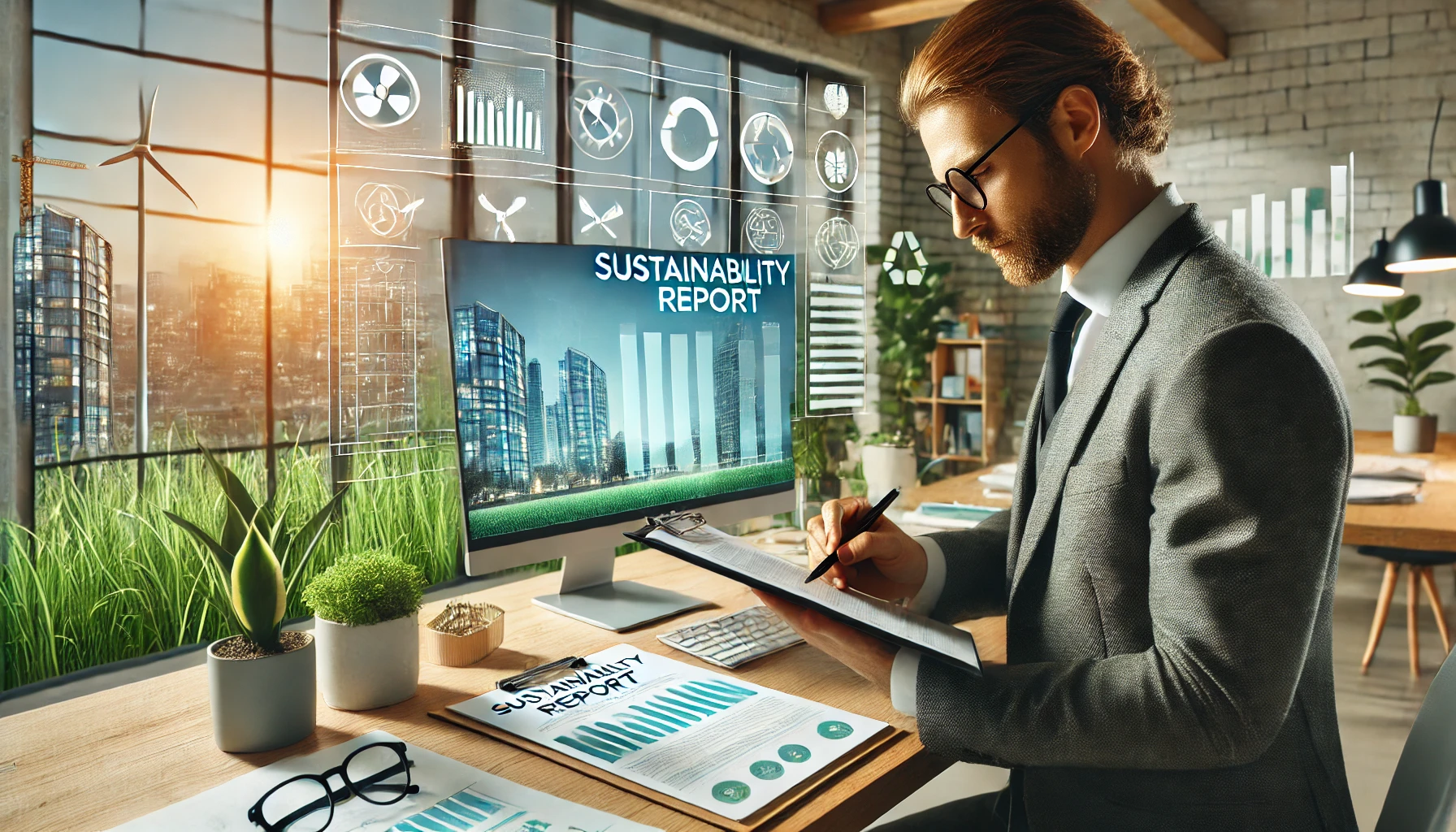A Sustainability Statement for a planning application is a document that demonstrates how a proposed development will meet sustainability principles and environmental goals. It assesses the project’s environmental impact and ensures compliance with local and national sustainability policies.
Key Components of a Sustainability Statement:
- Policy Compliance – Outlines how the development aligns with local, national, and international sustainability policies and frameworks.
- Energy Efficiency & Carbon Reduction – Details energy-saving measures, renewable energy integration, and efforts to reduce carbon emissions.
- Water Management – Covers water conservation, sustainable drainage systems (SuDS), and flood risk mitigation.
- Waste & Recycling – Plans for construction waste management, recycling facilities, and circular economy principles.
- Transport & Accessibility – Promotes sustainable transport options like cycling, public transport, and electric vehicle infrastructure.
- Biodiversity & Green Spaces – Addresses ecological enhancements, tree planting, and habitat protection.
- Materials & Resources – Specifies sustainable, low-carbon materials and responsible sourcing practices.
- Health & Wellbeing – Considers natural lighting, air quality, noise reduction, and overall livability.
- Climate Resilience – Identifies strategies for adapting to climate change, such as overheating mitigation and flood resilience.
A Sustainability Statement helps planning authorities evaluate the environmental and social sustainability of a project, ensuring it meets future sustainability goals and contributes positively to the local community.
Do you need a Sustainability Statement for your project? Get in touch for a personalized quote.

